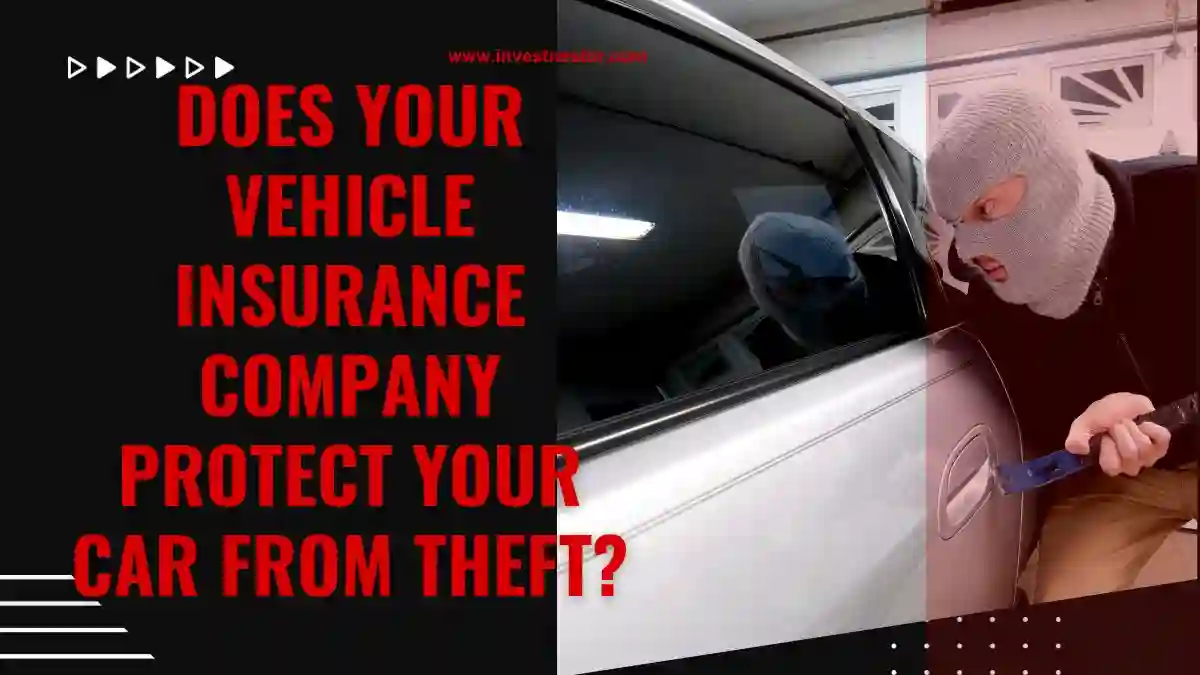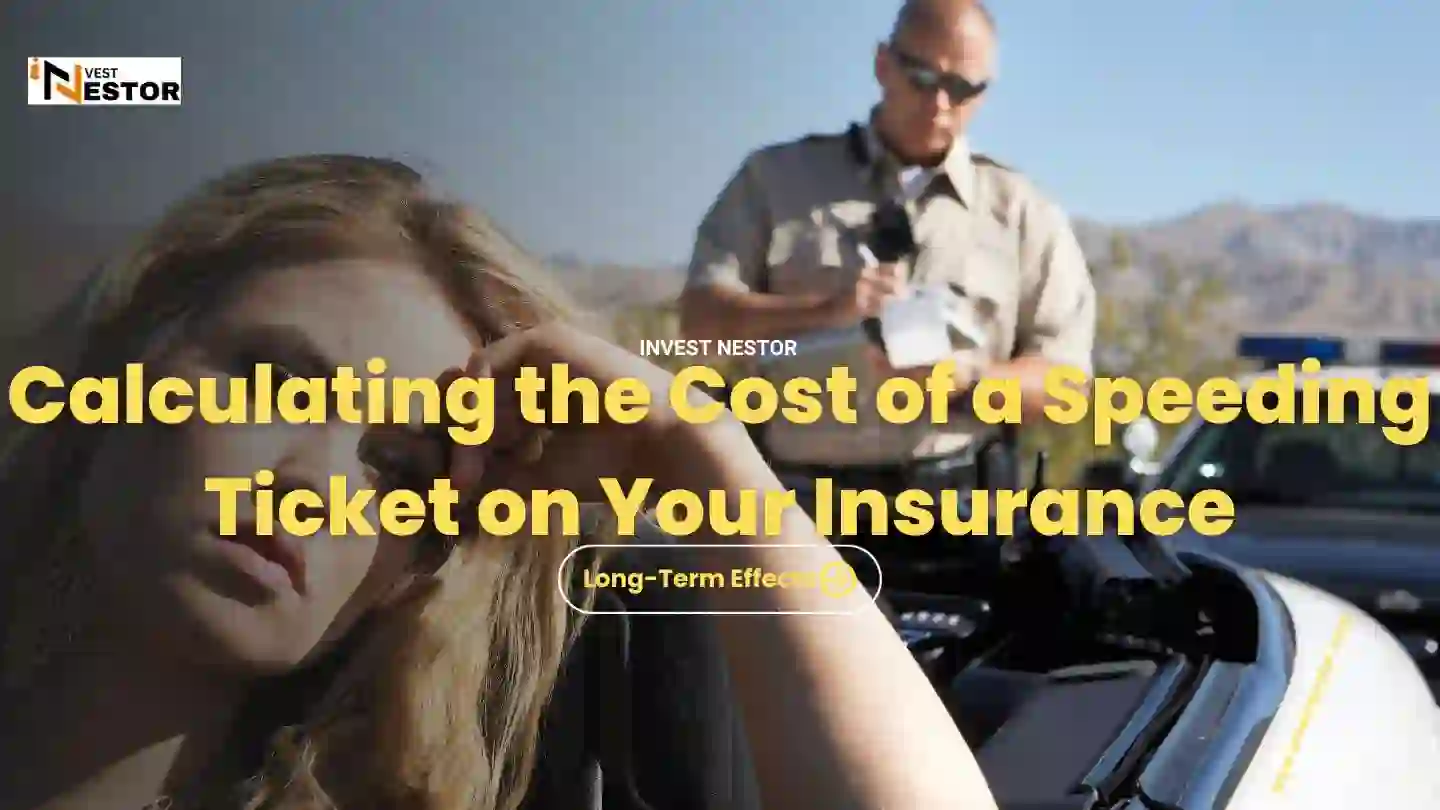
Collateral Protection Insurance Car Coverage: What You Need to Know
We all secure our assets by insuring them, whether our car, home, or other valuable property. Often, we purchase assets like a car or house by borrowing a loan from a lender. Despite having all our documents checked, we have a good credit score; lenders might need clarification about the timely payment of the loan amount. In such cases, they prefer to insure the asset on behalf of the borrower. The lender opts for Collateral protection insurance to reduce the risk of non-payment of the loan amount.
-
Collateral protection Insurance is coverage placed by the lender on the borrower's vehicle when they find a lapse in insurance.
-
It is generally done to secure a vehicle. Collateral protection insurance financially protects the borrower or lender against physical damage.
-
The lender chooses the CPI for full coverage car insurance.
-
It covers physical damage like Collision and comprehensive protection.
-
If a borrower cannot or does not want to secure their vehicle under a full coverage car insurance policy, the lender purchases the same on their behalf. The insurance cost lies with the borrower of the car, and it is added to the monthly car loan payment.
-
The lender purchases the CPI to mitigate the risk of loss by transferring the risk to an insurance company.
-
CPI insurance can even pay off the loan if the collateral is damaged beyond repair.
What Does Collateral Insurance Cover?
Collateral insurance usually covers physical damage to the vehicle. The physical damage further translates to Collision and comprehensive coverage. The lender selects the package according to the need.
1- Collision insurance
-
Collision with another vehicle: This insurance pays for the damaged car when it collides with another car, despite your or else's fault. It doesn't cover the damage to the other person's car.
-
Collision with a fixed object: In case of an accidental hit to a sign or any other object, the coverage pays for the damage to the vehicle. However, this doesn't cover the damage to the object. You will need property damage liability insurance to cover that.
2- Comprehensive Insurance
-
Theft: If someone steals items from the car that belongs to the vehicle, comprehensive coverage covers such theft. However, it doesn't cover the theft of personal items like wallets and mobile phones.
-
Vandalism: If someone intentionally damages your car, comprehensive coverage pays for the repair or replacement. However, it is subject to policy limits.
-
Fire: In case of damage to the car caused by fire, comprehensive coverage covers the damage up to policy limits.
-
Falling Objects: If a falling object damages the car, comprehensive damage protects against such damage.
-
Animals: Any damage caused by animals, like a car hit by a deer, cow, or rodents, damages the car's wires; comprehensive coverage covers such damage.
-
Weather: Damage caused to a car by lightning, flood, etc. In such cases, Comprehensive coverage protects.
How does Collateral Insurance work?
-
Understanding CPI: This type of insurance safeguards a borrower and the lender from financial losses in case of vehicle damage.
-
Lowdown requirements: The lender requires specific insurance while financing a car. Until you fully repay the loan, the car belongs to the lender. In case of any damage to the vehicle, you and the lender can suffer the losses.
-
Coverage needs: Most lenders demand full coverage for car insurance. It includes collision coverage and comprehensive coverage to protect the car from damage.
-
CPI in Action: If you don't purchase the full coverage insurance as per the lender's demand, the lender is bound to do it on your behalf.
-
More than protection: CPI coverage is confined to the specifications in the loan agreement. It includes protection against physical damage and covers liabilities, theft, and more. It might not be a good choice for those who want to limit their needs and preferences.
-
Non-negotiable Premium: CPI insurance often comes with a fixed premium, making it not a cost-effective choice.
Throughout the life of the loan, the CPI provider continually checks for the validity of the insurance policies to ensure they are active. If the guidelines are about to expire, the notice is sent to the borrower.
Types of Collateral Protection Insurance Car Coverage
There are two types of Collateral Protection Insurance:
-
Single-interest insurance- It is also known as vendor single-interest insurance as it protects the lender and not the borrower. Lenders insist on such coverage from borrowers with low credit scores but not low enough to deny the loan. Such insurance guards the lender from the financial situation.
-
Dual interest insurance coverage- It protects the interest of both the lender and the borrower.
Why is collateral protection insurance so expensive?
Collateral insurance generally protects lenders from borrowers' failure to purchase the full coverage car insurance.
The policies associated with the CPI are more expensive than any other car insurance. This is because they do not look for the driving profile of the borrower while calculating the rate.
The cost of the CPI premium lies with the borrower and is usually charged as part of the monthly loan payment.
Collateral Protection Vs. Force-Placed Insurance
Collateral protection and force-placed insurance aim to provide insurance coverage in case of borrowers' failure.
Force-place insurance covers homes, cars, or other assets.
Collateral protection generally covers vehicles.
How to remove Collateral Protection Insurance?
Collateral Protection Insurance is quite expensive as it is added to the monthly loan payments, and getting rid of it can be a good option if you find it more expensive.
-
Review loan agreement: It is essential to review the loan agreement to understand the coverage required by the lender.
-
Collect the information: Gather the necessary information to obtain the new insurance quote, like vehicle year, model, driving history and current car loan information.
-
Get an insurance quote: Search for the best quotations from the insurance companies. Compare the quotes and find the policy that meets your budget and lender's requirements.
-
New Policy: Purchase a new policy that aligns with your and your lender's requirements.
-
Inform the lender: Provide proof of your new insurance policy to your lender. He will cancel your CPI insurance and adjust your monthly payments accordingly.
How Can I Get the Collateral Protection Refund?
You can get your collateral protection refund if you find that your lender wrongly purchased the CPI on your behalf.
-
Proof of existing insurance: Provide valid proof of insurance to your lender that shows you have purchased the coverage that aligns with his requirements. Show the declaration page of your policy.
-
Contact your insurance agent: If your lender needs clarification, involve your agent in directly communicating with your lender to verify the insurance coverage.
Regularly communicate with your lender, especially when you make any changes to your insurance policy. This can prevent you from any additional charges or fees.
Bottom Line
Collateral insurance financially protects the borrower and lender from physical vehicle damage. It is enacted when a borrower fails to purchase complete coverage protection for his car. The lender buys the insurance on behalf of the borrower. The borrower is liable to pay the insurance. It is added to the monthly repayment loan amount. The CPI policy is expensive and can be canceled anytime by purchasing another insurance policy that meets the lender's requirements.
Suggested Articles:





0 Comments
Add a comment